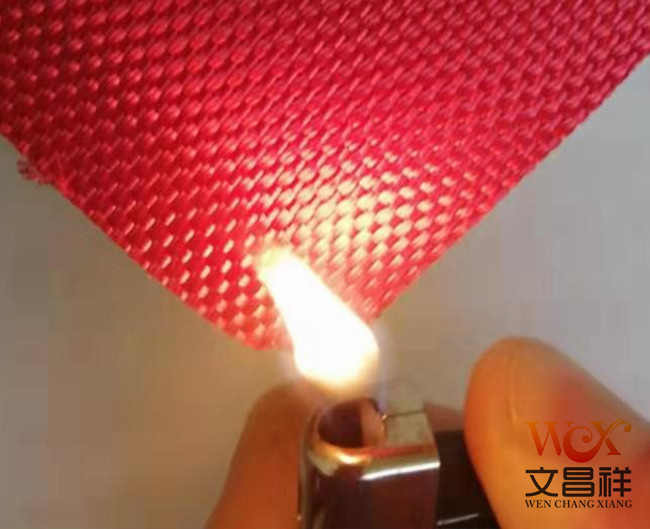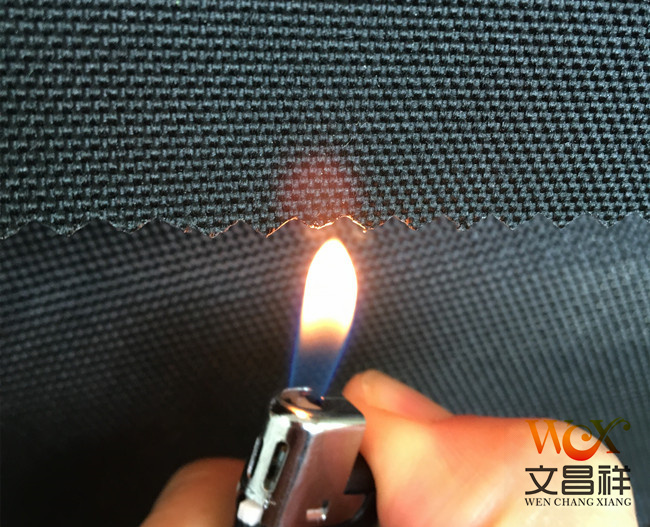The so-called flame retardant does not mean that the textiles after flame retardant treatment will not burn when exposed to a fire source, but means that the fabric can reduce its flammability in flames, slow down the spread of flames, and prevent large-area burning; After leaving the flame, it can quickly self-extinguish and no longer burn or smolder.
The basic principles of flame retardant fabrics include surface coverage flame retardant, heat absorption flame retardant, condensed phase flame retardant, gas phase flame retardant and droplet effect.
Surface covering flame retardant means that some substances (such as boron yarn, boric acid, etc.) melt when heated, forming a glass-like film on the surface of the fiber, which can hinder the supply of oxygen; or like phosphide, It mainly acts in the solid phase to promote carbonization and prevent the release of flammable gases.

Heat absorption Flame retardant reduces the temperature of the polymer surface and burning area through endothermic dehydration, phase change, decomposition or other endothermic reactions of the flame retardant solvent, thereby slowing down the thermal decomposition rate of the polymer.
Condensed phase flame retardant mainly uses flame retardants to affect the decomposition process of polymers and reduce the generation of flammable gases. This method is particularly effective for cellulosic materials.

Vapor phase flame retardant It is generally believed that during the polymer combustion process, a large number of free radicals are generated to promote the gas phase flame retardant reaction. If we can try to capture and destroy these free radicals, we can control combustion and achieve the purpose of flame retardancy. Practice has proven that the flame retardant performance can be significantly improved by adding a small amount of inhibitors that have the effect of capturing free radicals. This method is also very effective in preventing the spread of flames by free radicals.
Oxford cloth specifications: 1680D, 1200D, 900D, 600D, 420D, 300D, 210D, 150D, etc.
Oxford cloth functional classification: flame retardant Oxford cloth, waterproof Oxford cloth, PVC Oxford cloth, pu Oxford cloth, camouflage Oxford cloth, fluorescent Oxford cloth, printed Oxford cloth, composite Oxford cloth, etc.
</p





